Flight School

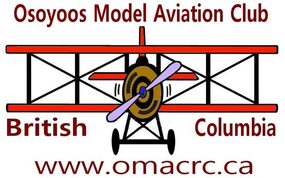
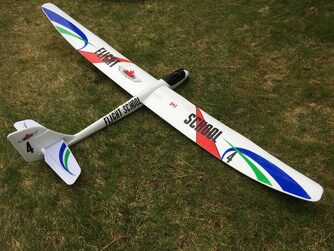
A radio-controlled aircraft (often called RC aircraft or RC plane) is a small flying machine that is controlled remotely by an operator on the ground using a hand-held radio transmitter. The transmitter communicates with a receiver within the craft that sends signals to servomechanisms (servos) which move the control surfaces based on the position of joysticks on the transmitter. The control surfaces, in turn, affect the orientation of the plane.
To the newcomer to RC Planes, it can be very confusing and a bit fearful of how RC planes fly and what equipment you should purchase to get started. There are a wide range of planes and equipment and your initial purchase can limit your experience, or leave you with equipment that is not suitable as you grow in your abilities. The following information is an attempt to help you decide on what purchases will allow you to grow and reduce the stress associated with the sport. RC planes and the technology has advanced in leaps and bounds such as Safe Select and provides multi levels of help that will assist in keeping your plane from crashing into the ground. Our instructors prefer not to teach with the use of "Safe Select" however, we will cover some of the technology behind the "Safe Select", both pros and cons for your understanding.
We also have instructors who have decades of experience, should you wish to talk to someone about our flight training program we offer free to individuals who hold OMAC Membership Cards. $15.00 per hour for non-members. Our instructors are very experienced and capable of helping you learn to fly. You are welcome to visit our Field and see first hand, what a wide variety of plane options are available. Get an orientation from one of our experienced Instructors or pilots and talk to them about recommendations to get you started, before you buy.
OMAC offers flight school for all levels of flying located in Oliver, B.C. As a beginner you will start with ground school and basic aeronautics, parts of the aircraft, ground effects and more moving onto approximately ten hours of simulator time and instruction on aircraft set-up taking you to a solo flight and your wings certificate. If you are a more advanced flyer or someone who is getting back into the sport after a break, instruction is available to hone your skills or maybe learn how to fly a float plane for example. Instruction available: Ground School, Simulators, Power Planes, Sailplanes, Float Planes, Building, covering, setting up new models, using CG machines, and repairing models. Basic Helicopter skills are also available along with transmitter program training.
If you are interested in flight school or training please go to our contact page.
Former MAAC & AMA Certified Instructor: Cowboy Rowland - 96156 FAA-UAS FA3NNWTHRP (Chief Flight Instructor) 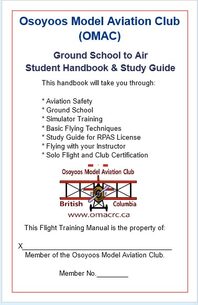
Airspace Classifications
Class A
Class A airspace is generally defined as high level airspace starting at FL180 or approximately 18 000 ft in Southern Domestic Airspace, FL230 in Northern Domestic Airspace, and FL270 in Arctic Domestic Airspace. This type of airspace is not denoted on aeronautical charts. Given the high level nature of Class A airspace, it is rarely a concern for small RPA pilots.
RPA pilots wishing to operate in Class A airspace require specific authorization from both Transport Canada and NAV CANADA.
Class B
Class B airspace is generally defined as low level controlled airspace and exists between 12,500 ft and the floor of Class A airspace but it may include some control zones and control areas that are lower. The specific dimensions of Class B airspace in Canada can be found in the DAH (Designated Airspace Handbook).
RPA pilots wishing to operate in Class B airspace require specific authorization from both Transport Canada and the ANSP (Air Navigation Service Provider) – Nav Canada.
Class C
Class C airspace is controlled airspace and generally exists around large airports and extends from the surface to an altitude of 3 000 ft AGL, but the exact size and shape of the space is dependent on local airspace management needs. Class C airspace is depicted on all VFR Navigation Charts (VNC) and VFR Terminal Area Charts (VTA) as well in the DAH and the National Research Council Canada Drone site selection tool.
Class C airspace is considered an advanced operating environment. Clearance is required before operating in Class C airspace
Class D
Class D airspace is controlled airspace and generally exists around medium-sized airports and extends from the surface to an altitude of 3 000 ft AGL, but the exact size and shape of the space is dependent on local airspace management needs. Class D airspace is depicted on all VNCs and VTAs as well in the DAH and the National Research Council Canada Drone site selection tool.
Class D airspace is considered an advanced operating environment.
Class E
Class E airspace is controlled airspace for aircraft operating under IFR and can exist around an airport as a control zone or away from an airport where an operational need exists to control IFR aircraft. Class E control zones usually extend from the surface to an altitude of 3 000 ft AGL. It can also often exist from 2 200 AGL and up in a control area extension surrounding a control zone. When this type of airspace is not associated with an airport it usually begins at 700 ft AGL and extends to 12 500 ft ASL, but the exact size and shape of the space is dependent on local airspace management needs. Class E airspace is depicted on all VNCs and VTAs as well as in the DAH and the National Research Council Canada drone site selection tool.
Class E airspace is considered an advanced environment.
Class F
Class F Airspace is special use airspace and can be either restricted or advisory. Class F can be controlled airspace, uncontrolled airspace, or a combination of both, depending on the classification of the airspace surrounding it.
Class F Restricted Airspace
Class F restricted airspace is denoted as CYR followed by three numbers (e.g. CYR123). The letter D for danger area will be used if the restricted area is established over international waters. Class F restricted airspace is identified on all VNCs and VTAs as well as the National Research Council Canada drone site selection tool and is restricted to all airspace users except those approved by the user agency. CYRs can be found over federal prisons and some military training areas, for example. To gain access to Class F Restricted airspace, RPA pilots should contact the user agency as listed for the specific block of airspace in the DAH.
Class F Advisory Airspace
Class F Advisory airspace is denoted as CYA followed by three numbers (e.g. CYA123). Class F advisory airspace is identified on all VNCs and (VTAs as well as the National Research Council Canada Drone site selection tool. CYA denotes airspace reserved for a specific application such as hang-gliding, flight training, or helicopter operations. RPA pilots are not restricted from operating in advisory airspace and no special permission is required, but pilots should be aware of the reason the airspace has the advisory and take steps to identify any additional risks and mitigate them. Many activities in a CYA often bring directly piloted (manned) aircraft into airspace below 400 ft AGL and are therefore a greater risk to RPA operations.
Class G
Class G airspace exists in any space that is not Class A, B, C, D, E, or F. Class G airspace is uncontrolled and is considered the basic operating environment for RPAS, assuming the conditions regarding proximity to people, airports, and heliport are met. You don’t need to get permission from Nav Canada (Nav Drone) to operate in class G.
Flight School Classroom
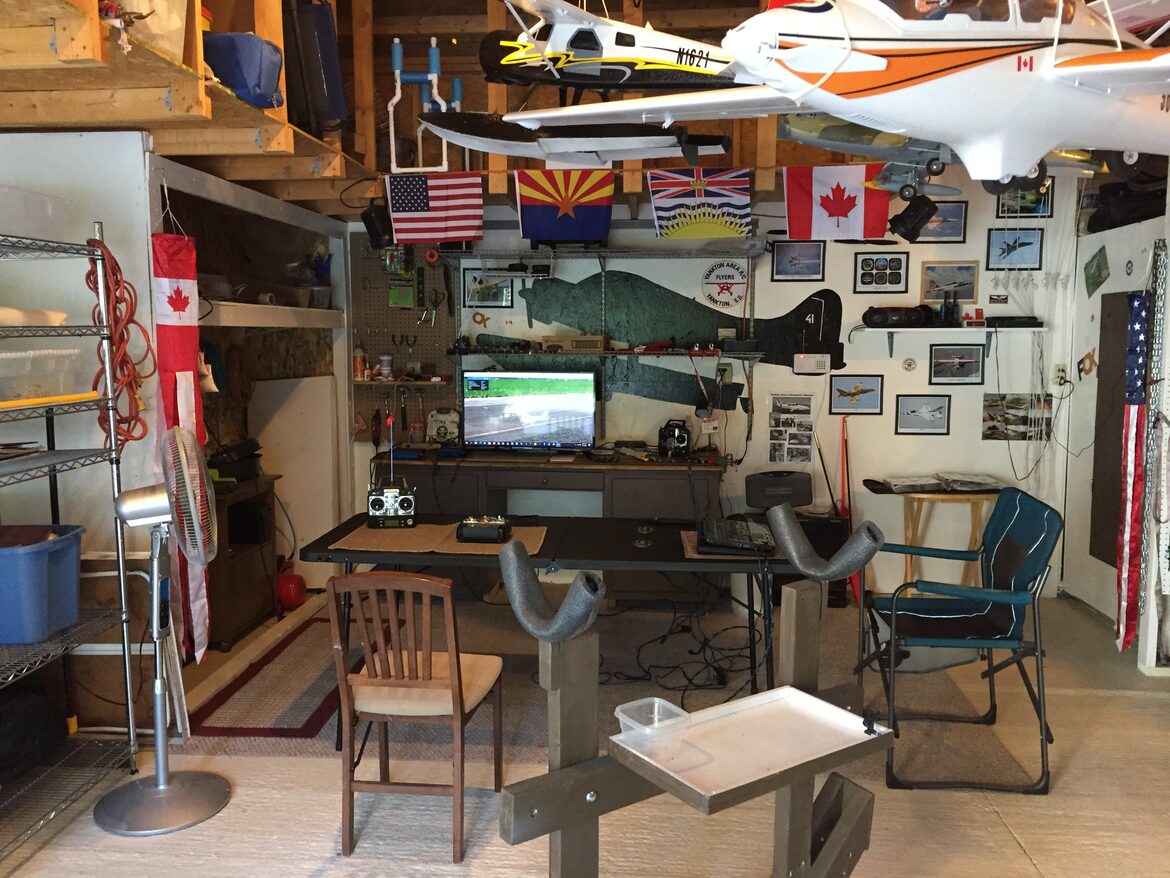
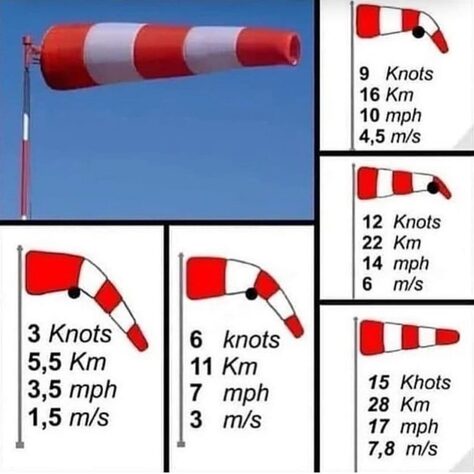
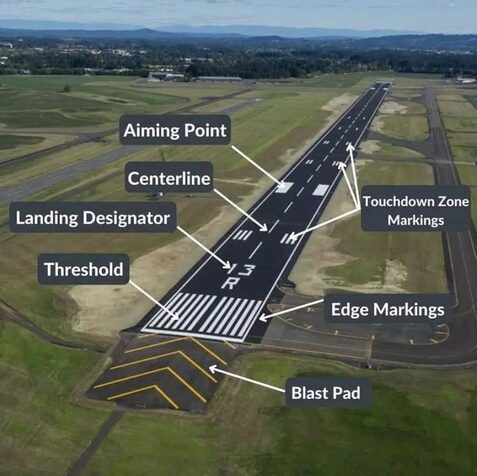
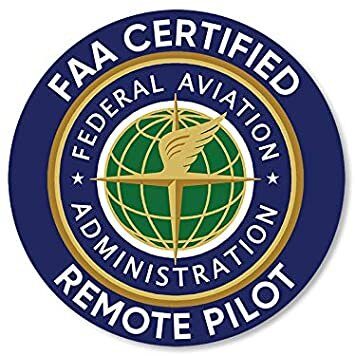
RPAS Basic Exam
The following is the link to the Transport Canada Basic RPAS Test.
Once you pass your RPAS Test please upload your certificate at below so we can post it to the website.
Transport Canada RPAS Basic Exam (Click Here)
Register Your Aircraft
View Pilot / Flight Logbook (Required By OMAC)
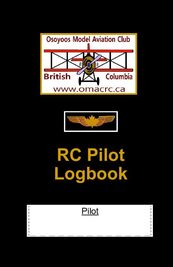
Click Here, to view the inside of the Logbook.
*** Once the link is open, click on the arrows to turn the pages.
This is a sample of a custom RC Pilot Logbook with flight logs and maintenance logs to meet Transport Canada requirements.
The book currently sells for $40.00 and has about 100 pages of flight logs (x 2 logs per page) and approximately 2 pages of maintenance logs (up to 19 planes).
